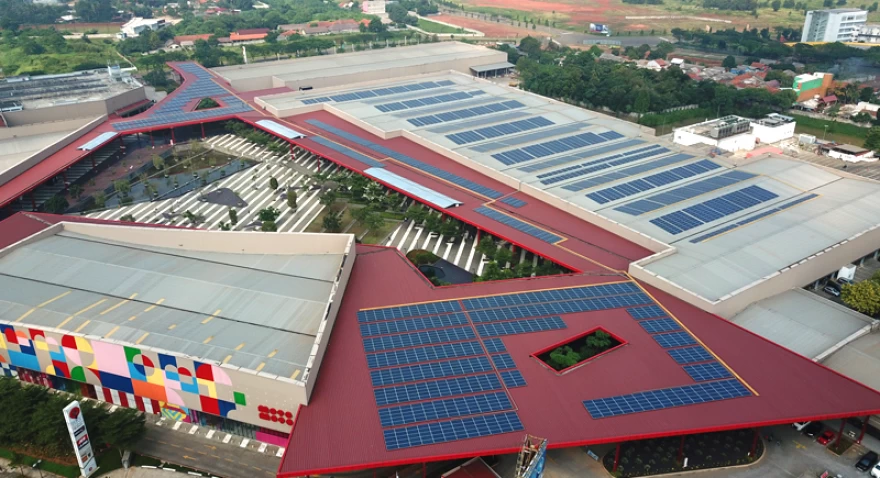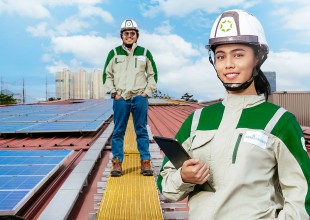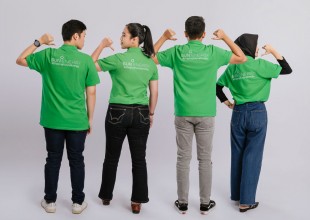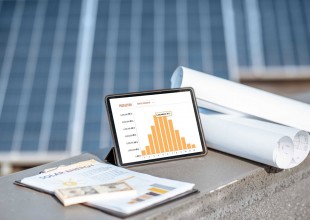How to Install Solar Energy Systems: A Practical Guide for Sustainable Energy Solutions

A solar energy system is an electricity generation system that harnesses sunlight as its primary energy source. SUN Energy, Indonesia’s leading solar energy developer, provides integrated solutions covering planning, installation, and maintenance for households, businesses, and industries. One of its key components, the solar panel, converts sunlight into electricity that can be used across multiple sectors.
According to projections from Indonesia’s Ministry of Energy and Mineral Resources (ESDM), national electricity consumption will reach 430 terawatt-hours (TWh) by 2025. Most of this demand will come from industrial and household sectors. While rising electricity use aligns with economic growth, reliance solely on fossil energy would result in significant increases in carbon emissions and air pollution. This is where PLTS plays a vital role as an energy-efficient and environmentally friendly solution.
Why Solar Energy is Gaining Popularity in Indonesia
The rise of solar energy system in Indonesia is not just a passing trend, it is driven by several key factors. First, Indonesia lies along the equator, receiving abundant sunlight throughout the year. The country’s average solar radiation potential reaches 4.8 kWh/m² per day, making it one of the world’s richest nations in solar energy resources.
Second, the economic factor. By installing solar energy system, users can reduce electricity bills by up to 40%, depending on system capacity. On an industrial scale, the savings can reach billions of rupiah annually. It’s no wonder that many companies see solar energy system as a long-term investment that not only brings financial benefits but also enhances business competitiveness.
Third, government regulations have become increasingly supportive. Through the Electricity Supply Business Plan (RUPTL) 2021–2030, Indonesia targets the construction of 69.5 gigawatts (GW) of new power plants by 2034, 76% of which will come from renewable energy sources. Solar energy itself is projected to contribute 17.1 GW, with rooftop solar targeted to reach 1 GW of installed capacity by 2025. As of mid-2025, the realization had reached 538 MW, showing significant year-on-year progress.
What to Consider Before Installing Solar Energy System
Although promising, installing a solar energy system requires careful planning. The location and sunlight intensity are key factors, as the system operates best in areas with full sun exposure throughout the day.
The system capacity must also match the user’s electricity needs. Residential systems usually range from 1–10 kWp, while commercial buildings and factories may require hundreds of kWp to over 1 MWp.
Building owners should also evaluate financing models offered by solar developers, either full purchase or Performance-Based Rental (PBR) schemes, which have become increasingly popular as they require no upfront investment.
The Installation Process
Installing a solar energy system involves several interconnected stages. The first step is selecting a trusted solar developer. Their role is critical, they handle the entire process from feasibility studies, permitting, and installation to long-term maintenance and system monitoring.
After selecting the developer, a site survey and energy analysis are conducted. The technical team evaluates roof or land conditions, measures sunlight exposure, and aligns system capacity with energy consumption. Based on the survey, the developer designs the optimal system covering panel quantity, inverter capacity, and energy storage options.
Next comes technical design and detailed planning, where the developer prepares installation blueprints, monthly energy production estimates, and integration plans with the national grid (for on-grid systems).
Then, the physical installation phase begins, installing solar panels, inverters, and monitoring systems that allow owners to track power generation in real-time. Residential installations typically take 2–4 weeks, while commercial or industrial projects may take 2–4 months, depending on size and complexity.
The final stage is commissioning and system handover, ensuring all components function properly and safely. Rooftop solar installations must also obtain permits or capacity quotas from PLN, Indonesia’s state utility, which are issued periodically each January and July. Once all steps are completed, the system is ready to generate clean electricity from sunlight daily.
Conclusion
Solar energy system is more than just a technology, it’s a strategic solution to the nation’s rising energy demands. With abundant solar potential, increasingly affordable installation costs, and strong government support, solar energy systems stand as the key to achieving energy efficiency, environmental sustainability, and long-term economic growth in Indonesia.
***
References:
https://www.esdm.go.id/id/media-center/arsip-berita/matahari-untuk-plts-di-indonesia
https://ekonomi.bisnis.com/read/20250902/44/1908037/esdm-bidik-1-gw-plts-atap-terpasang-tahun-ini
https://gatrik.esdm.go.id/assets/uploads/download_index/files/b967d-ruptl-pln-2025-2034-pub-.pdf


